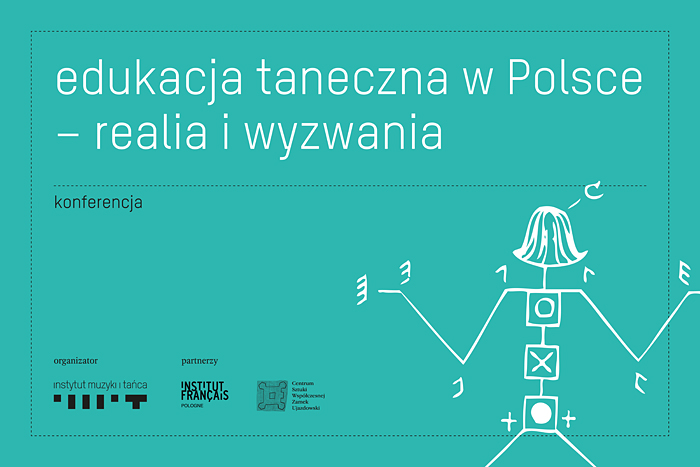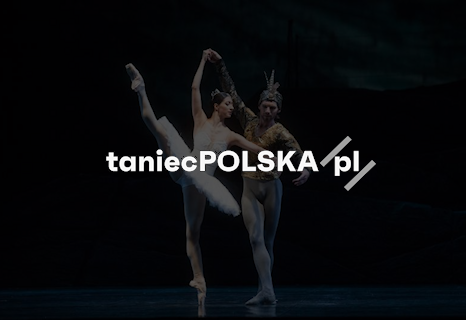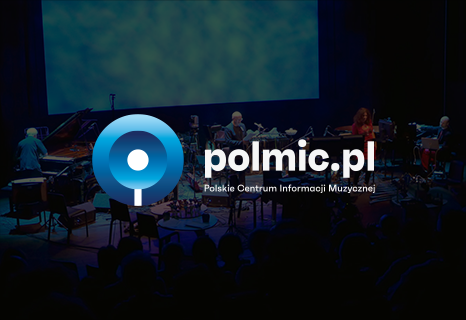
This procedure for making the hurdy gurdy (or lira pielgrzymia) was produced by Małgorzata Bajka, as a result of her participation in the 2nd Master School of Folk Instruments Makers, a programme of the Institute of Music and Dance in Warsaw.
This procedure for making the hurdy gurdy (or lira pielgrzymia) was produced by Małgorzata Bajka, as a result of her participation in the 2nd Master School of Folk Instruments Makers, a programme of the Institute of Music and Dance in Warsaw.
Małgorzata Bajka studied instrument making with Stanisław Nogaj, as part of a one-on-one course conducted by the master between 1 February and 30 June 2013 at the Hurdy Gurdy Workshop in Stara Wieś.
Stanisław Nogaj – lyre player, lyre maker and educator.
He has been making lyres since 2001. He has learnt the craft of making and repairing musical instruments from folk master Stanisław Wyżykowski. In 2003 he set up his own workshop, where he focuses mainly on making the hurdy gurdy, both in its old-time and contemporary form. The instruments he makes are used by travelling musicians, folk singers, vagabond lyre players, professional instrumentalists, and as exhibits in museums in Zabrze and Kolbuszowa. He has graduated from the Jesuit University Ignatianum in Kraków.
Mr Nogaj is also a devoted educator who passes on his knowledge and skills delivering presentations and workshops.
In the course of his professional career he has also been collecting materials on lyre making and playing in Poland, Subcarpathian songs that are linked to lyre playing traditions, and photographs of lyres found around the world, going back to the Middle Ages.
His professional activity has been accounted for in two publications: “Podtrzymywanie lirnictwa w Polsce. Stanisław Wyżykowski, Stanisław Nogaj – sylwetki, budownictwo, wykonawstwo” (Keeping Lyre Playing Alive in Poland: Stanisław Wyżykowski, Stanisław Nogaj – profiles, craft, performances) by Darek Trzciński, and “Hurdy-gurdy: Contemporary Destination” by Piotr Nowotnik.
Małgorzata “Czarli” Bajka holds a degree in graphic design and mural painting from the Academy of Fine Arts in Warsaw. She has also studied archeology at the University of Warsaw. She is interested in different aspects of art, including graphic design, graphic art, painting (including mural painting), collage, photography, film making, stage and set design, yet the greater part of her work is based on drawing.
Music also plays an important role for Ms Bajka, often being the main inspiration for and topic of her works. She plays folk instruments and sings, and has been participating in traditional music workshops for many years.
The biographical notes have been developed based on workshop documentation. They have been edited and translated by the Institute of Music and Dance in Warsaw.
Photo by Piotr Baczewski – workshops on the construction of the basy of Radom held as part of the 1st Master School of Folk Instruments Makers in Kuźnica with the participation of Piotr Sikora and Michał Maziarz.


